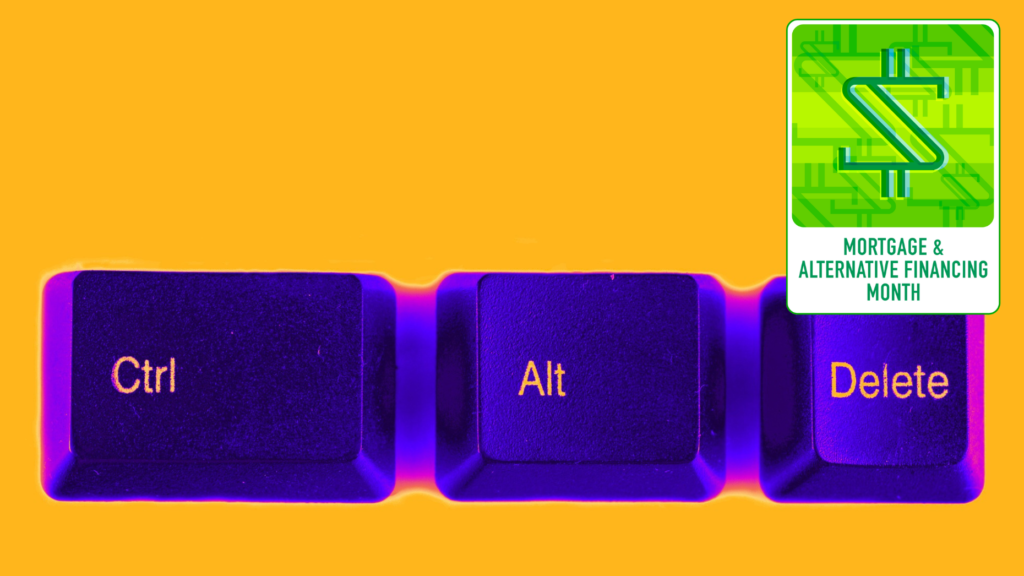The second quarter of 2022 saw the affordability of the typical home purchase erode at the fastest pace in at least two decades.
In a shifting real estate market, the guidance and expertise that Inman imparts are never more valuable. Whether at our events, or with our daily news coverage and how-to journalism, we’re here to help you build your business, adopt the right tools — and make money. Join us in person in Las Vegas at Connect, and subscribe to Inman Select for all the information you need to make the right decisions. When the waters get choppy, trust Inman to help you navigate.
The home market increasingly became the province of higher-earning households in the last three months as much of the country became priced out of purchasing the typical U.S. home.
The median home purchase in the second quarter of the year would have taken up 31.5 percent of the same period’s average annualized wage of $67,587, according to a new report from Attom Data Solutions.
The share of income devoted to major monthly housing costs — including mortgage, property taxes and home insurance — has grown at the fastest pace dating back at least two decades, Attom reports.
In the first quarter of 2022, when mortgage rates and prices were lower, a typical home purchase amounted to 26 percent of the average wage.
That’s higher than buyers were used to during the pandemic but still comfortably below the traditional lending standard that no more than 28 percent of income should go toward major housing costs.
But over the past three months, mortgage payments revved up — and incomes couldn’t keep pace.
“With interest rates almost doubling, homebuyers are faced with monthly mortgage payments that are between 40 and 50% higher than they were a year ago — payments that many prospective buyers simply can’t afford,” Attom Executive Vice President of Market Intelligence Rick Sharga said in the report.
This ongoing erosion in home affordability isn’t just contained to America’s priciest markets.
Major monthly housing costs exceeded 28 percent of local wages in two-thirds of U.S. counties with enough data to analyze. That’s up from half of counties over the 28 percent mark in the first quarter.
And from an affordability standpoint things were getting worse almost everywhere in the second quarter of the year. Nearly 90 percent of U.S. counties in the report saw home prices rise faster than wages.
“Worsening affordability appears to be having an impact on demand, which could lead to prices plateauing or even correcting modestly in some markets,” Sharga said in the report.
As the number of places that remained affordable continued to erode, some large population centers remained notably within the 28 percent threshold for housing expenses.
The five most populous places where wages support recent home purchases include the counties containing Chicago, Houston, Philadelphia, Minneapolis and Columbus, Ohio.
On the other end of the spectrum housing remained unaffordable by this measure in the major population centers of Los Angeles, the Bay Area, Brooklyn and Phoenix.
To track home affordability, Attom’s team calculated the major monthly ownership costs for the purchase of a median-priced home and assumed the buyer puts down 20 percent and finances the rest at standard mortgage rates.
For first-time buyers, who are less likely to cover a full 20 percent of the purchase price, the same home purchase may take up an even greater share of household income.
Email Daniel Houston



 Are You Interested in West Eleventh Residences Miami?
Are You Interested in West Eleventh Residences Miami? Are You Interested in ONE Park Tower by Turnberry?
Are You Interested in ONE Park Tower by Turnberry? Are You Interested in Diesel Wynwood Condominium?
Are You Interested in Diesel Wynwood Condominium? Are You Interested in Five Park Miami Beach?
Are You Interested in Five Park Miami Beach? Are You Interested in Cipriani Residences Miami?
Are You Interested in Cipriani Residences Miami? Are You Interested in Bentley Residences Miami?
Are You Interested in Bentley Residences Miami? Are You Interested in Baccarat Residences Brickell?
Are You Interested in Baccarat Residences Brickell? Are You Interested in Aria Reserve Miami?
Are You Interested in Aria Reserve Miami? Are You Interested in 888 Brickell Dolce & Gabbana | Miami?
Are You Interested in 888 Brickell Dolce & Gabbana | Miami? Are You Interested in 600 Miami WorldCenter?
Are You Interested in 600 Miami WorldCenter? Are You Interested in HUB MIAMI RESIDENCES?
Are You Interested in HUB MIAMI RESIDENCES? Are You Interested in WALDORF ASTORIA RESIDENCES?
Are You Interested in WALDORF ASTORIA RESIDENCES?